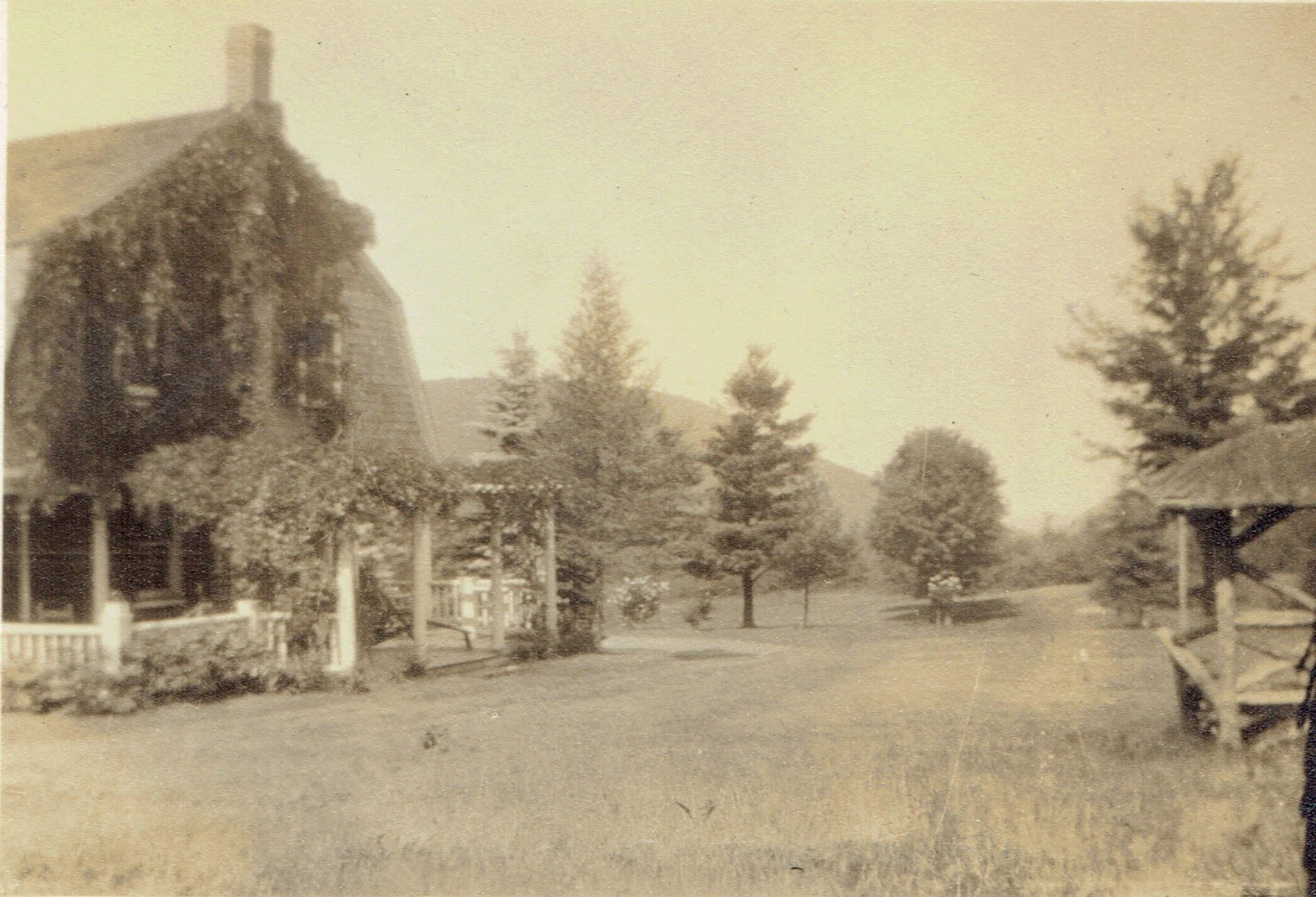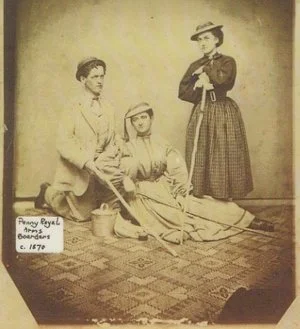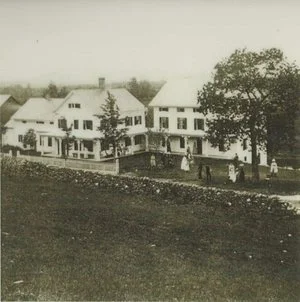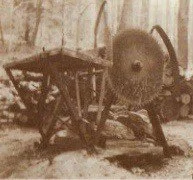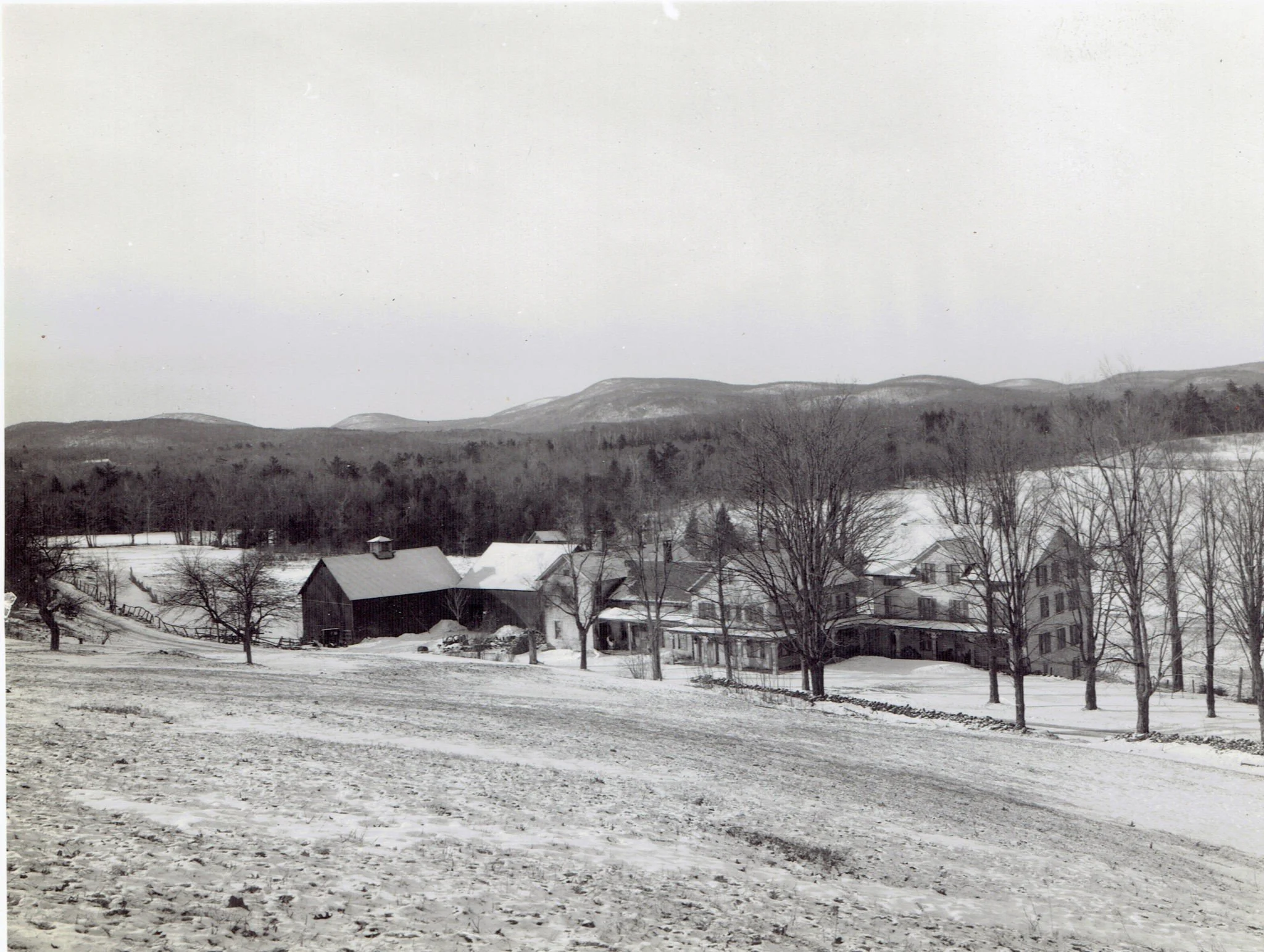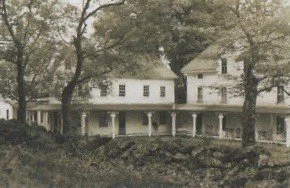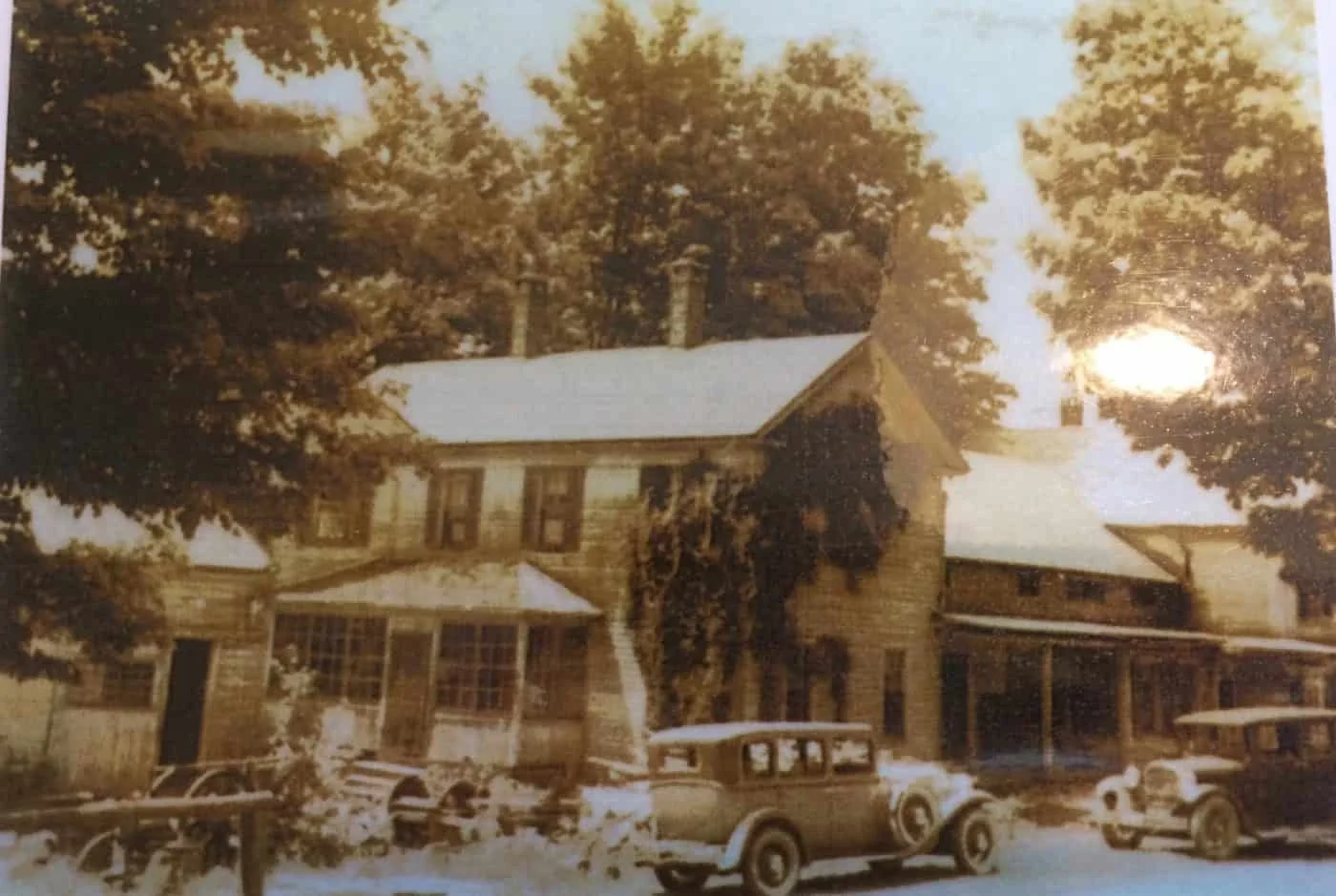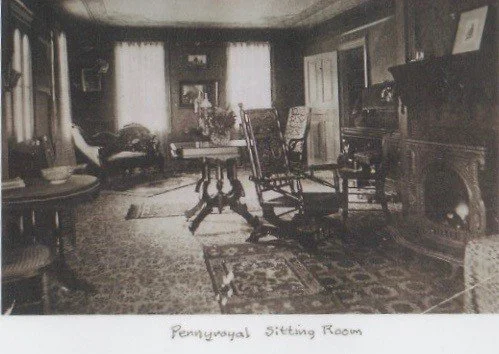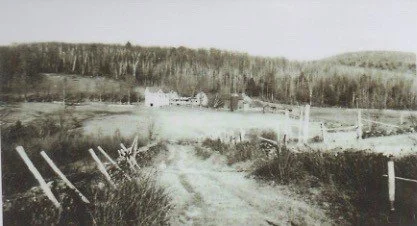LANDMARKS
THEN: Benjamin Osborn / Ann Lee cottage in Mount Washington, circa the 1940s-50s. Photo courtesy of Mount Washington Historical Society, Judy Whitbeck Collection.
Benjamin Osborn / Ann Lee cottage, circa 1940-50
What is so special about this modest house, and why is it also known as the Ann Lee cottage? It has an interesting connection to the United Society of Believers in Christ’s Second Appearing, better known as the Shakers.
By Gary Leveille | Posted on February 6, 2023, (reprinted by permission)
Mount Washington — Benjamin Osborn’s home was built circa 1759 near present-day West Street in a small settlement known as Taghkanic Mountain. It is shown above in an undated photograph taken circa the 1940s-1950s. For a time, both the colonies of New York and Massachusetts Bay claimed this mountain-top plateau. It is now the tiny town of Mount Washington, Mass.
What is so special about this modest house, and why is it also known as the Ann Lee cottage? It has an interesting connection to the United Society of Believers in Christ’s Second Appearing, better known as the Shakers. In 1781, Mother Ann Lee, founder of the Shakers in the American colonies, and several of her followers went on a lengthy missionary journey to find converts in New England. They often stayed in the homes of local supporters, including Benjamin Osborn’s family. The followers of Mother Ann believed that she was the “second coming” of Christ in female form. She preached that sinfulness could be avoided by treating men and women equally and by practicing celibacy.
During their travels, Mother Ann and her disciples were often attacked, beaten, whipped, and stoned for their beliefs. A Great Barrington resident named Medad Curtiss, who had recently joined the Shakers, saved Mother Ann from yet another attack near Richmond, Mass. in 1783. She then traveled to Great Barrington to bring comfort to several of her followers who had been thrown in jail. Mother Ann passed away in 1784 as a result of her injuries. The Osborn cottage went through several owners over the following centuries and was eventually part of a land parcel deeded to the state.
The black and white photograph shown below was taken in 1984, several years before the structure was placed on the National Register of Historic Places.
Sky Farm
Childhood home of the “Apple Blossom Poets,” Elaine and Dora Goodale. See the Mount Washington Bibliography for their books. Elaine went to Smith College, and later married Charles Eastman, a Sioux Indian educated at Dartmouth. They published books together and separately.
Walter House
Pennyroyal Arms
Like the other boarding houses, Pennyroyal was first a farm. Isaac transformed the small house that his forebear Cornelius had acquired in 1820 into a considerable operation. He enlarged the existing barns and then added more, creating an interlocking set of buildings that could be accessed directly from the house and traversed without going outside. With the help of a team of Belgian horses, the Spurrs grew oats, rye, and corn; and raised cows, sheep, pigs, and chickens.
In 1861, he added summer boarders to the mix, eventually creating a 14-guestroom establishment that ran for over 100 years. The common areas and guest amenities would become among the finest of the mountain's boarding houses. Guests could gather in a finely appointed lounge with a piano or visit the library, complete with its own card catalogue and a set of posted rules that, they were told, should be "strictly observed." The library was founded by a Philadelphia guest in 1886, and in 1902 inspired US Senator from Massachusetts George Hoar (married to a Spurr) to proclaim: "Massachusetts, with Mt. Washington, may be proud of this corner library.
A typical Pennyroyal dinner - of roast beef, with three vegetables, potatoes and a selection of pies - was grown right on the property and prepared by Spurr women with support from some hired help (including, in the 1960s, the artist, Spurr descendant, and current Pennyroyal owner Morgan Bulkeley IV, who waited table). At its busiest, the Pennyroyal dining room was a full-fledged restaurant. In the mid-1880s, 64 members of the American Institute of Mining Engineers dined there one night.
In contrast to the common areas, Pennyroyal's guestrooms were simple. Even the desirable "Sky Parlors" - top floor rooms with excellent views of fields and mountains - were small, with just enough room for a bed (equipped on chilly nights with stone bed warmers), dresser, one comfortable chair, a small table, and a ceramic potty. This likely suited the guests, who spent their days playing lawn games or out in nature, in some cases blazing their own trails across the Spurr property and adjoining woods, before dressing for dinner.
Isaac Spurr's descendants operated Pennyroyal until the mid-1960s. In its last years, it catered mostly to loyal clientele returning for short, nostalgic visits.
Northrup Camp
ALANDER HOTEL
Starting in 1877, generations of the Weaver family ran Alander as one of the mountain's premier boarding houses, attracting a large and loyal following until the 1920s. Located on East Street at the South end of town, it could accommodate over 50 guests. It was one of two boarding houses, along with Happy Hall at the North end of East Street, that also functioned as a post office Alander in the 1920s until the early 1920s.
Herbert W. Weaver advertised the family's "charming resort" in the Central New England Railroad's 1901 travel guide (which notes it is nine miles from its nearest station in Salisbury, CT). The Weavers did not rely on newspaper ads to attract guests, although it did advertise in the Central New England Railway guide. It nonetheless quickly developed a reputation for excellence. By 1885 Herbert Keith, who later operated his own boarding house (Taconic Farm), was recommending it in a chapter on Mt. Washington that he wrote for The History of Berkshire County. In 1888, The Book of Berkshire called it "the largest house on the mountain at the south end, and an exceedingly well kept house, too." To make it suitable as a private residence, Phil and Todd Garrett removed 28 rooms after they purchased the place in the 1940s.
HERBERT W. WEAVER - Summer Hotel. Nine miles. Accom-modates fifty. Adults, $7 to $10; children, $5 to $7 per week. Carriages will meet guests when notified. Alandar ocupies a plateau about 2,000 feet above tide level, the surface is diversified with hills and valleys, partly wooded and partly cultivated, ravines, lakes and mountain streams, and bordered by mountain tops. Send for circular giving complete description of this charming resort. From the Summer Homes among the Mountains on the Central New England Railway circa 1901.







